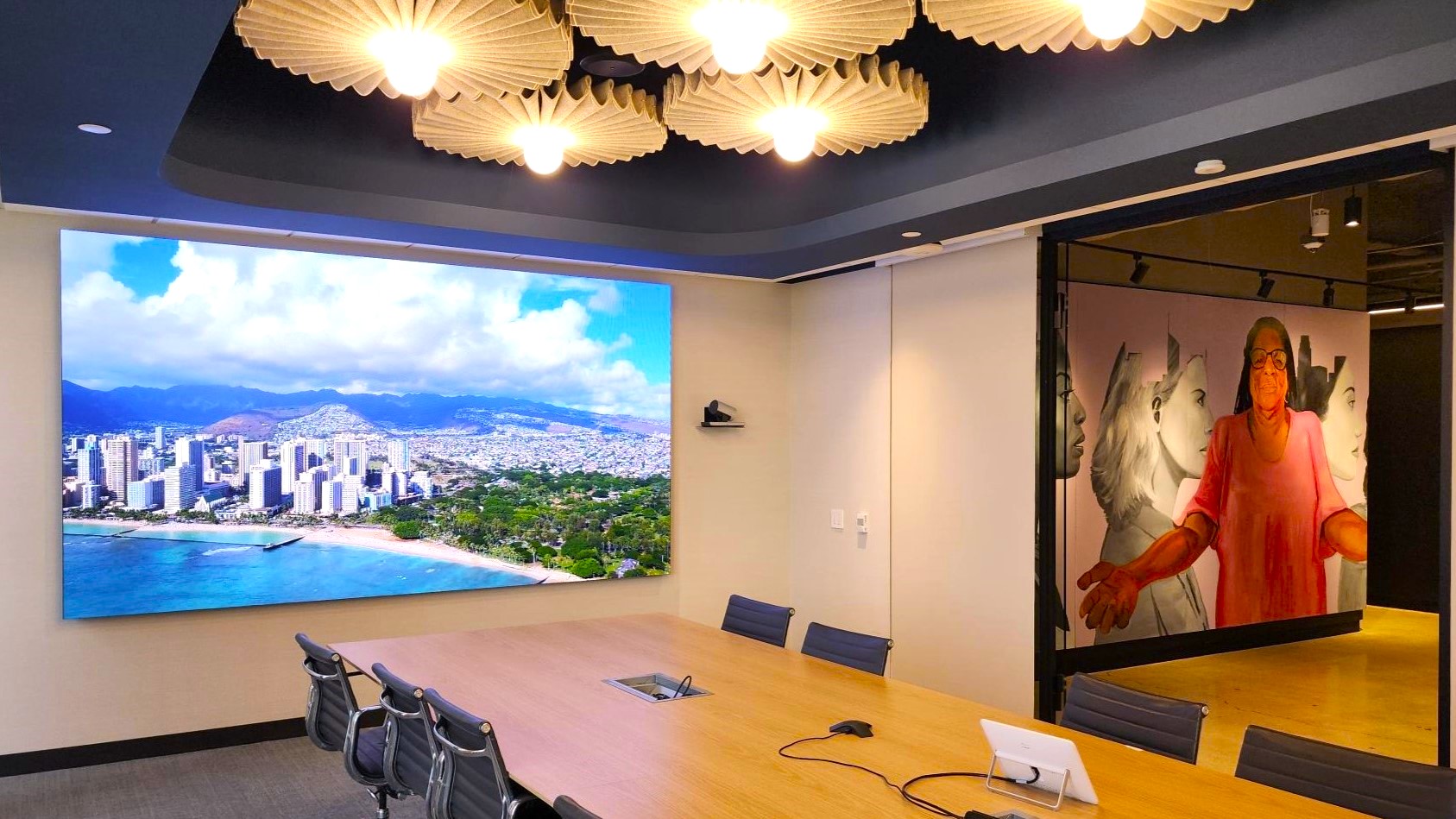
Offices can get noisy. Even with the doors closed, sound can still come through the walls. This may not seem like such a big deal, but in the case of healthcare offices, or for legal reasons, precautions must be taken to eliminate the potential for eavesdropping, even accidentally. Even in a regular office environment, excess noise can be distracting and lower your productivity. Sound masking counteracts that.
Special speakers installed in the ceiling of each room limit the audibility of any conversation to that particular space. The white noise they provide can even be tuned to a specific portion of the sound spectrum, blocking out human speech while still allowing other types of noises to be heard clearly if desired.
Sound masking is the introduction of neutral sounds, such as white noise, into an environment in order to cover up other sounds in the area. It has a variety of applications, but perhaps the area in which it’s most necessary is in open office environments. Let’s take a look at some reasons why.
Privacy and Productivity
The main use for sound masking in open office environments is to ensure privacy. People often discuss sensitive issues in these environments. In, say, a law firm or a healthcare facility, client privacy is not just a priority, but a legal necessity.
Sound masking in open office environments not only ensures privacy, it can also help you work harder. By eliminating outside distractions, studies have shown that sound masking can increase productivity by around 20%. It can also reduce errors in basic tasks, such as data entry, by around 30 to 35%. The better your employees are able to concentrate, the more efficiently they’ll be able to work.
 Sound Masking vs. Soundproofing
Sound Masking vs. Soundproofing
The question that remains is, why use sound masking to eliminate ambient conversation from an open office environment? Wouldn’t soundproofing be as effective? First of all, effective soundproofing is expensive. Often it means an entire overhaul of your building. You can retrofit a room with panels that claim to be soundproof, but in many cases, they’ll barely muffle the noise, much less eliminate it.
Sound masking, on the other hand, is the cheapest available tool for eliminating noise, as well as the most effective. That’s because sound masking is dynamic. If you do manage to soundproof your offices effectively, then they’ll simply block out all noise indiscriminately. If there’s outside noise that you DO need to hear, such as, say, an alarm, you’re out of luck. Sound masking, however, can target human voices specifically, without affecting the rest of the sound spectrum.
Sound masking is also flexible. You can choose which areas you want masked and which you don’t, depending on your needs. You can have masking equipment in every office, or limit it only to conference rooms. Wherever it’s installed, it can be adapted to the noise in that area, as opposed to structural soundproofing, which is static.
There are many benefits to sound masking in open office environments. But the main one is that they provide peace of mind: peace from the guarantee of privacy they afford, peace from the elimination of distracting outside noise, and peace in knowing that it’s not only simple and effective, but also cost-efficient. No matter what your office does, this is an important upgrade to your facilities.
Talk to Us About Your Project
Too busy to chat right now?
Send us a message.






